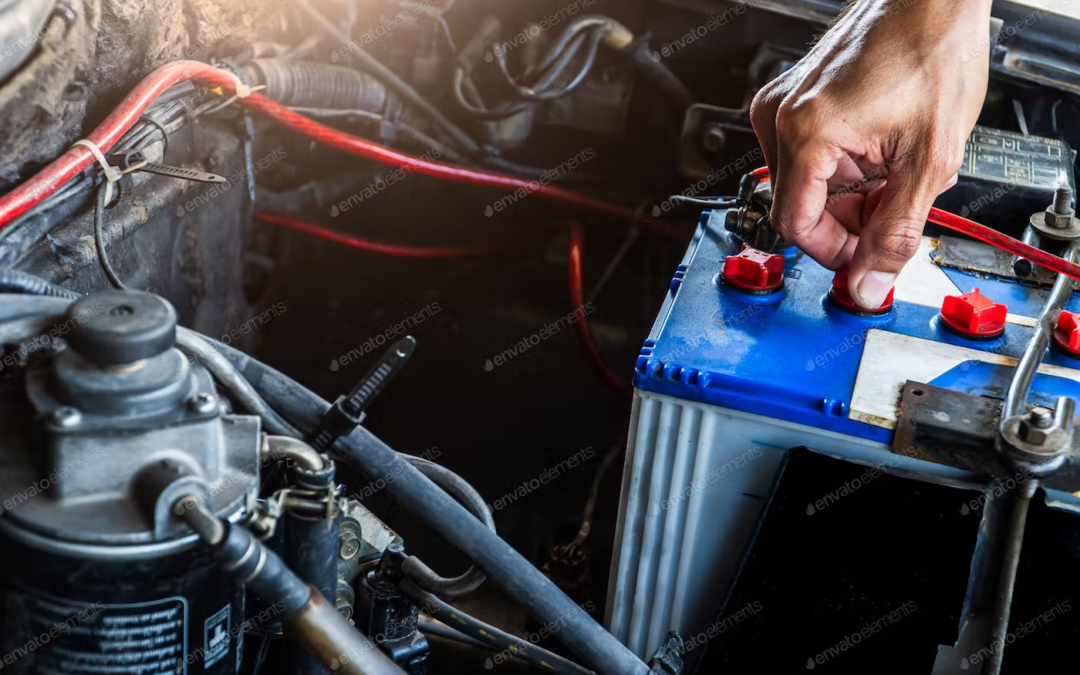Follow the steps below and don’t forget to double check your work.
- If You need to Connect a Memory Saver
In order to change a car battery without losing your settings, you will need to hook up a memory saver to your vehicle. Skipping this step will potentially cause problems with your car running rough and not shifting normal. Also your radio code will be lost so the radio will not work unless you put the code in.
Most memory saver devices have a small 9V battery in them and some alligator clips that you can clip to your battery cables. Some can also plug into various ports on the inside of your vehicle, like a cigarette lighter.
- Disconnecting the Battery Cables
First things first, before changing your vehicle’s battery, you should put on work gloves and safety glasses to protect yourself from any battery acid leaks.
Turn your vehicle off and remove the key from the ignition. Loosen the nut on the negative (black “-“) terminal first using an adjustable wrench. Once that nut comes off, pull up on the end of the cable to remove it.
Do the same steps for the positive (red “+”) terminal.
- Removal of the Old Battery
There will be a clamp or strap that will hold down and secure the battery. You will need to loosen it so that you can take the battery out from its tray. Being careful to lift the battery straight up and out so as to not spill any acid in the process.
Don’t throw your old battery away you can return the old battery to the shop where you bought it, most of the time you will receive a refund on your core deposit. Or take the old battery to a recycling place.
Before venturing out to buy a new battery, you should find out what your vehicle’s year, make, model and engine size. You might need to know the trim level as well (for example, EX, LX, DX etc.)
- Clean Off Any Corrosion
Check all the areas around where the battery sat for corrosion, check the battery cables, battery tray, and hold down clamps for corrosion and damage. Use a contact cleaner and a wire brush to scrub all the corroded areas down. Baking soda mixed with water will work as well, it won’t work as good because it will evaporate slower and leaves a residue.
It is highly recommended you coat the battery terminals with an anti-corrosion solution after cleaning them.
- Installing a New Battery
Be sure to ask for help if you have problems lifting, a new battery weighs around 40 pounds (18 kg). Keep the battery upright at all times, place it on the battery tray and secure with the clamp or strap to hold it in place.
Attach and tighten the positive (red “+”) terminal first. Then, do the same for negative (black “-“) terminal.
Make sure the cables are tight and the battery is secured properly. Take the memory saver off. Start your vehicle and check if your ignition and electronics are working.

